
Long-Awaited Rains Turn Into Catastrophic Flood For Some Regions In Pakistan
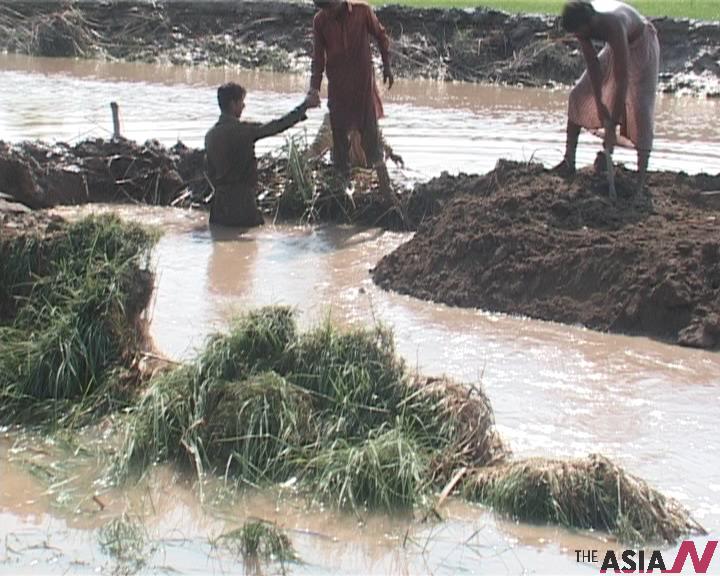
Pakistan has been facing strange and unexpected climate changes over the years. After a long period of drought, there was an unprecedented deluge in rivers that devastated the country in 2010 destroying hundreds of thousands of houses, schools and other government buildings, crops over millions of acres, killing hundreds and rendering homeless millions of people. The next year in 2011 it was heavy monsoon rains and flash floods that multiplied the sufferings of people, as it caused the destruction of almost equal intensity.

This year there was no sign of floods in rivers, as on the contrary the country faced water shortage and the provinces, especially Sindh province, being the lower riparian, sustained more than fifty percent shortage of water and had to introduce system of rotation for closing certain canals to supply water to others to meet the requirements. The weather pundits had also opined that there were no signs of early or heavy monsoon rains in Sindh, and the province would experience intense hot weather this summer like last year when the mercury touched 53 degrees centigrade in some parts breaking all the records.
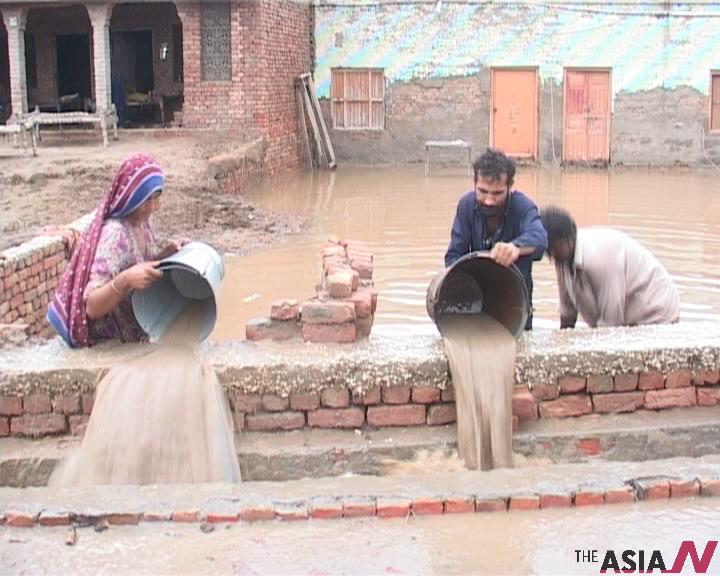
The June and July passed in such a critical situation having less river water and low or no chance of rains when the meteorological department of Pakistan predicted five to fifteen percent more than normal rains in the country during the monsoon season, which lasts for two and half a month from July 01 to September 15. This raised the hope of some improvement in the water availability.

However, these hopes were shadowed by the reports in July that due to rapid development of El-Nino conditions (i.e., warming of Tropical Pacific Ocean) have suppressed the monsoon over parts of South Asia leading to deficient rains over Pakistan. The country’s Meteorological Department had predicted 5 to 15% above normal monsoon rains during this season but so far it had been far from normal. Due to El-Nino conditions, the monsoon rainfall activity had significantly enhanced over South-East Asia, and consequently, it decreased over South Asia. More stormy rains were predicted for South East Asia (China, Hong Kong, Taiwan, Philippines and Japan) and submissive monsoon in Pakistan and India.
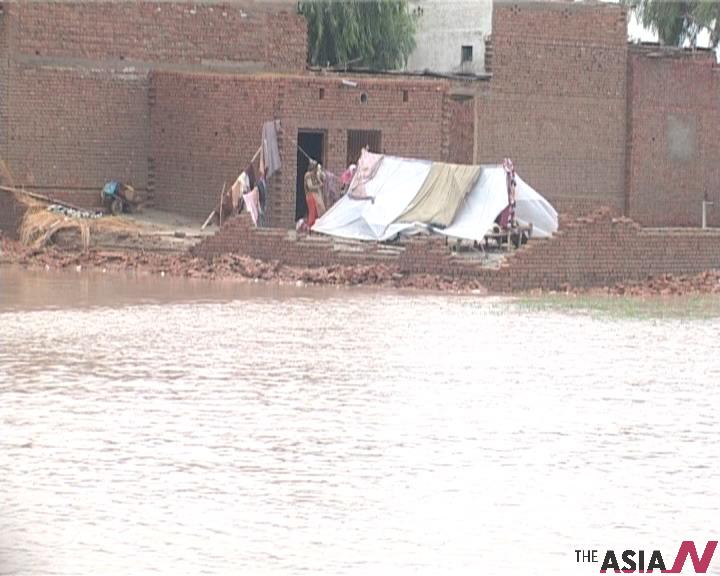
By the start of August, Pakistan had received 42.5 percent less rains than it receives since beginning of July during monsoon every year. However province-wise rainfall data shows that Punjab was the main beneficiary of the nature’s blessings, as it received more rains during the period under report and faced the deficit of only 29.4 percent followed by Balochistan facing 34.2 percent deficit and Khyber Pakhtoonkhaw 42 percent deficit while Sindh was the worst sufferer, which had received only 9mm rain by that time and faced 91 percent shortfall.
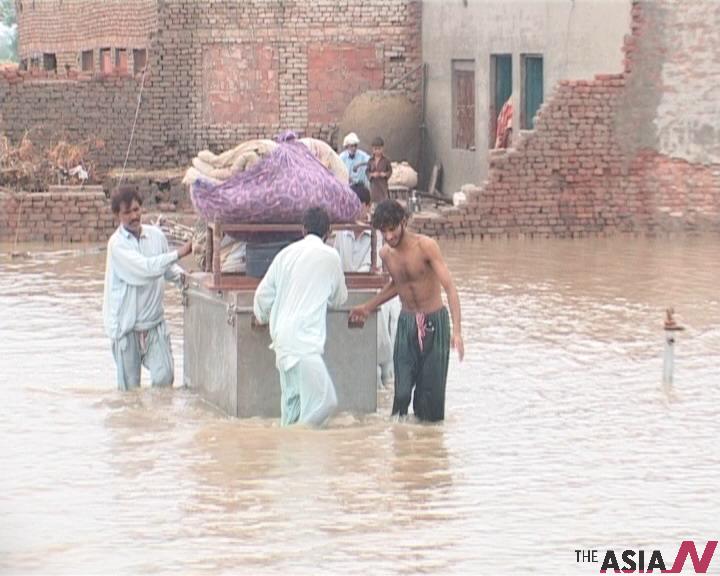
The people of other provinces were enjoying rains as it brought respite to hot weather but in Sindh, where a very few falls were reported at isolated places, grim situation developed in its arid areas like vast Desert Thar bordering India from where mass migration had started due to severe drought and the government had to declare it as ‘calamity-hit’ area, as the wild plantation providing fodder for livestock and rainwater ponds had dried up and the water level of more than 150ft deep wells had gone down further with the result that there was no water for consumption of humans and animals as well.
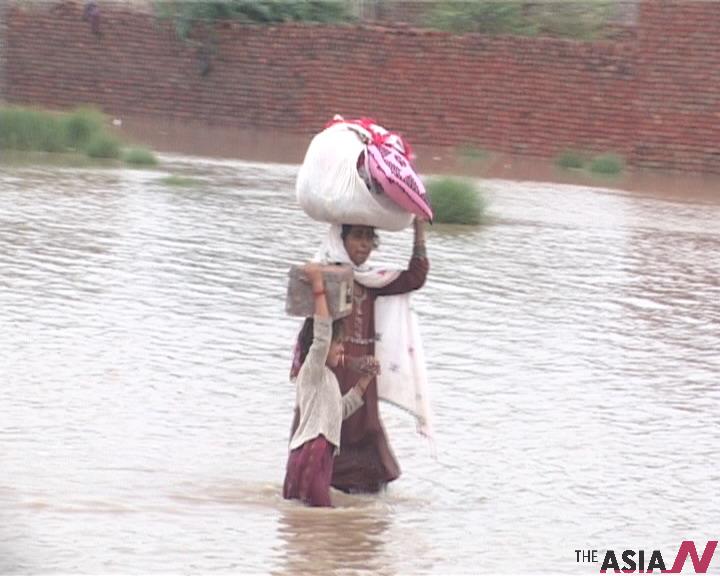
During the first week of September, when all hopes of rain faded, Met Office predicted heavy rains in country except Sindh province. By the 9th September Sindh received scattered falls but rest of country was lashed by widespread heavy rainfall. And all of sudden it started pouring over Sindh and adjoining areas of Balochistan province in the west. The rainfall broke the record of three decades in upper Sindh areas and adjoining Balochistan area where around 500mm rain was recorded in just five days that proved catastrophe for six districts of Sindh and a district of Balochistan displacing half a million people and destroying hundreds of acres agricultural lands. The government had to declare these districts calamity-hit areas and announced financial assistance.

Contrary to that, the rains proved blessings for Thar Desert people who started migrating back homes along with livestock, as all the ponds and natural low-lying areas were filled with water and the arid lands got prepared for sowing seeds of different crops. The entire Thar now looks lush and green. Any person, who had visited the drought-hit Thar Desert before the rains, would not believe it’s the same Desert, he had seen a couple of weeks before.

The climatic conditions are unpredictable – They bring sufferings for one and prove to be blessings for others. One can see gloomy faces of displaced people who are very sad over loss of life and property and struggling for rehabilitation in one part of province and the others are happy, dancing at the drum beats as per traditions when it rains and the Desert turns green.
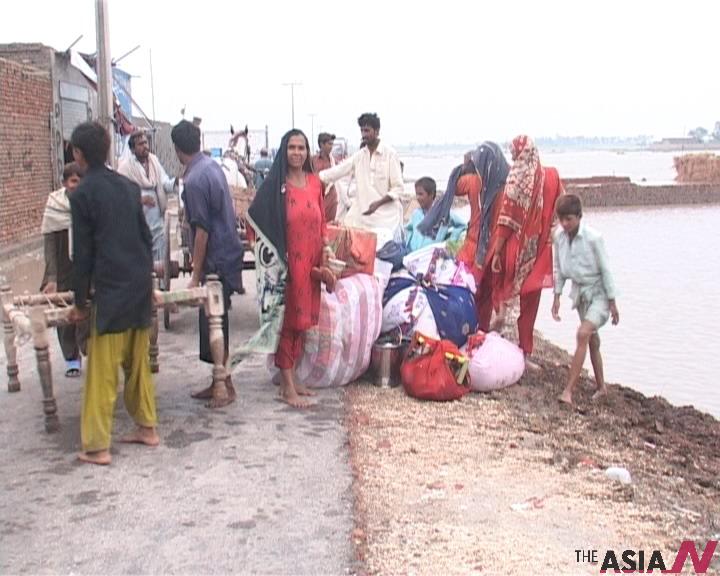
The photographs show the destruction caused by rains in upper Sindh districts and the Thar Desert that has turned lush and green.
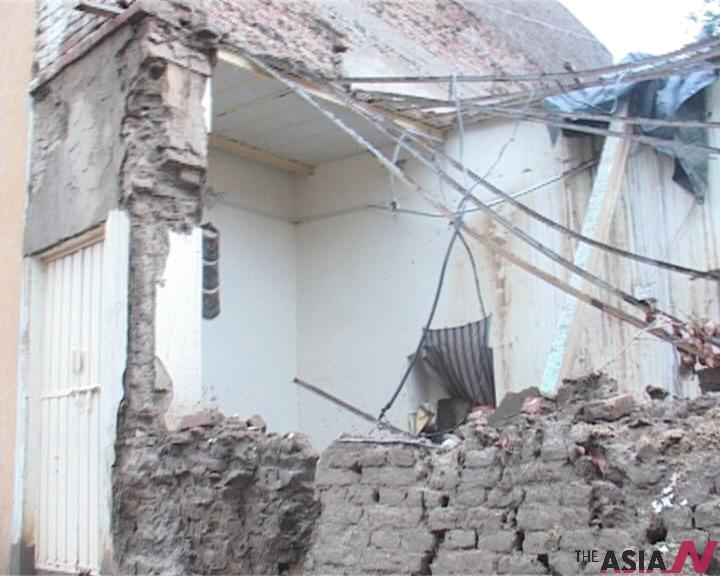
![photo1524_001[1]](http://www.theasian.asia/wp-content/plugins/dynpicwatermark/DynPicWaterMark_ImageViewer.php?position=NN&path=2012/09/photo1524_0011.jpg)
![photo1515_001_001[1]](http://www.theasian.asia/wp-content/plugins/dynpicwatermark/DynPicWaterMark_ImageViewer.php?position=NN&path=2012/09/photo1515_001_0011.jpg)






